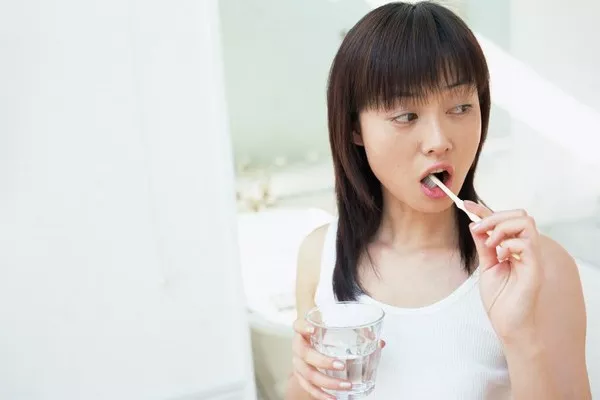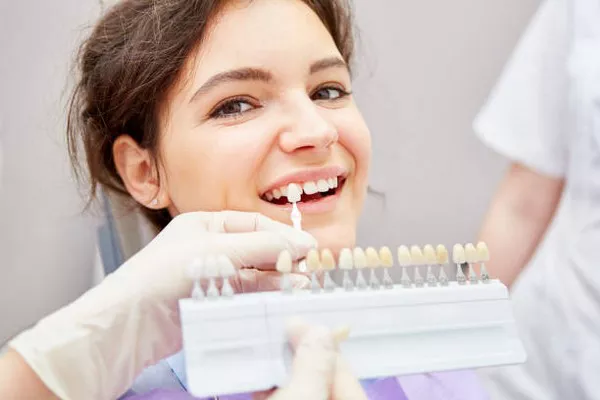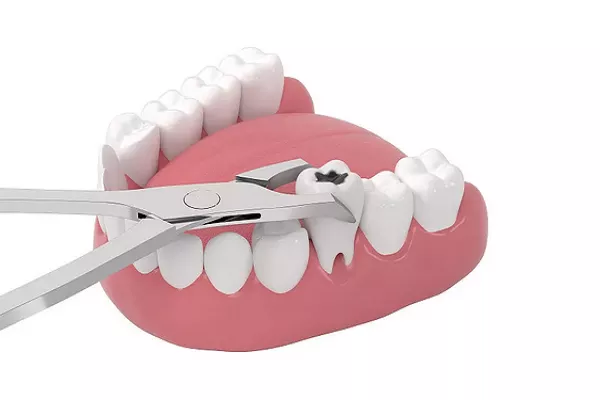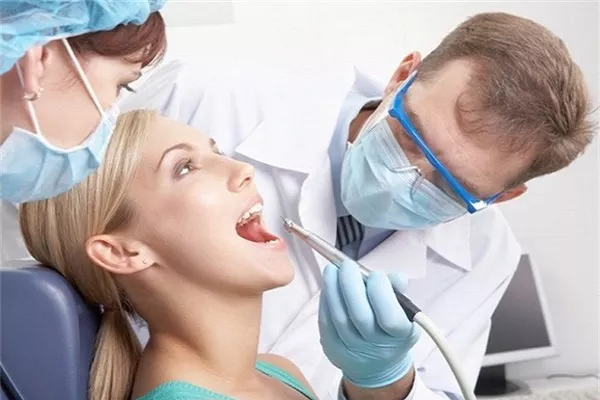Yellow teeth can be a source of embarrassment and frustration for many individuals, especially when diligent brushing doesn’t seem to make a noticeable difference. While it’s natural to desire a bright, white smile, it’s important to understand that teeth come in a variety of colors, and some degree of yellowing may be inevitable. In this article, we’ll explore the reasons why teeth may remain yellow despite regular brushing and hygiene efforts, as well as the available solutions for achieving a brighter smile.
Natural Tooth Color
Teeth naturally come in a range of colors, and not everyone’s teeth are perfectly white. The color of teeth is influenced by several factors, including the thickness and shade of enamel, as well as the dentin beneath it. Enamel, the outer layer of the tooth, can vary in opacity and hue, leading to differences in tooth color among individuals. Additionally, the underlying dentin, which is naturally yellowish in color, can affect the overall appearance of the teeth.
Causes of Yellow Teeth
Several factors can contribute to yellowing teeth:
- Genetics: Some people are simply more prone to yellowing teeth due to genetic factors that affect the thickness and color of enamel.
- Diet: Consuming certain foods and drinks, such as coffee, tea, red wine, and dark-colored berries, can stain the teeth over time, leading to yellowing.
- Smoking: Tobacco products contain substances that can cause significant staining of the teeth, leading to a yellow or brownish hue.
- Aging: As we age, the enamel on our teeth naturally wears down, revealing more of the yellowish dentin underneath.
Hygiene and Brushing Technique
While proper brushing technique and regular dental hygiene are essential for maintaining oral health, they may not completely prevent yellowing of the teeth. Over time, some degree of yellowing is natural and may be unavoidable, despite diligent brushing. However, following good oral hygiene practices, such as brushing twice a day, flossing daily, and visiting the dentist regularly for check-ups and cleanings, can help minimize yellowing and maintain overall oral health.
Intrinsic vs. Extrinsic Stains
It’s important to differentiate between intrinsic and extrinsic stains:
- Intrinsic Stains: These stains occur within the tooth structure and are often more difficult to remove. Intrinsic staining can be caused by factors such as trauma, certain medications (e.g., tetracycline antibiotics), or excessive fluoride exposure during tooth development.
- Extrinsic Stains: Extrinsic stains, on the other hand, are located on the surface of the teeth and can usually be removed through regular brushing and professional dental cleanings. Extrinsic staining is commonly caused by factors like diet, smoking, and poor oral hygiene.
Professional Treatments
For individuals seeking more significant changes in tooth color, professional dental treatments may be recommended:
- Bleaching: Dental bleaching, or teeth whitening, is a common cosmetic procedure that can effectively lighten the color of the teeth. Professional bleaching treatments conducted by a dentist typically involve the use of hydrogen peroxide or carbamide peroxide gels, which penetrate the enamel to break down stains and whiten the teeth.
- Veneers: Dental veneers are thin shells made of porcelain or composite resin that are bonded to the front surfaces of the teeth to improve their appearance. Veneers can be customized to achieve the desired shade of white and are often used to cover imperfections such as staining, discoloration, and minor alignment issues.
At-Home Whitening
There are also various at-home whitening options available for those looking to brighten their smile:
- Over-the-Counter Products: Over-the-counter whitening toothpaste, strips, and trays are widely available and can be effective for mild to moderate staining. These products typically contain lower concentrations of whitening agents compared to professional treatments but can still provide noticeable results with regular use.
- Natural Remedies: Some people opt for natural remedies such as baking soda, activated charcoal, or hydrogen peroxide rinses to whiten their teeth. While these methods may have some whitening effects, it’s important to use them cautiously and consult with a dentist to avoid potential damage to the enamel or gums.
When to See a Dentist
If yellowing teeth are accompanied by other symptoms such as pain, sensitivity, or changes in oral health, it’s important to consult with a dentist promptly. These symptoms could indicate underlying dental issues that require professional evaluation and treatment. Additionally, regular dental check-ups are essential for maintaining oral health and addressing any concerns about tooth color or appearance.
Myths and Misconceptions
There are several myths and misconceptions surrounding yellow teeth:
- Yellow Teeth Always Indicate Poor Hygiene: While poor oral hygiene can contribute to yellowing teeth, it’s not the only factor. Genetics, diet, smoking, and aging can also play significant roles in tooth discoloration, regardless of one’s oral hygiene habits.
- All Whitening Methods Are Equally Effective: Not all whitening methods produce the same results, and some may be more effective or safer than others. Professional dental treatments conducted by a qualified dentist are generally considered the most reliable and predictable option for achieving significant whitening results.
Conclusion
Yellowing teeth can be a common concern for many individuals, but it’s important to understand that tooth color is influenced by a variety of factors, including genetics, diet, and lifestyle habits. While regular brushing and good oral hygiene are essential for maintaining oral health, they may not completely prevent yellowing over time. Fortunately, there are various professional and at-home whitening options available for those seeking a brighter smile. Consulting with a dentist can help determine the most appropriate treatment approach based on individual needs and preferences.
FAQs About Yellow Teeth
1. Why are my teeth yellow even if I brush?
Brushing alone may not always be enough to prevent or eliminate yellowing of the teeth. Several factors can contribute to yellow teeth, including genetics, diet, smoking, and aging. Additionally, some types of staining, such as intrinsic stains that occur within the tooth structure, may be more difficult to remove with brushing alone.
2. Can yellow teeth become white again?
Yes, yellow teeth can often be whitened through various methods, including professional dental treatments such as bleaching or veneers, as well as at-home whitening products. The effectiveness of whitening treatments depends on the cause and severity of the staining, as well as the chosen whitening method. Consulting with a dentist can help determine the most appropriate whitening approach for your individual needs.
3. Why are my teeth still yellow after dental cleaning?
While professional dental cleanings can remove surface stains and plaque buildup, they may not completely eliminate all types of tooth discoloration. Intrinsic stains, which occur within the tooth structure, can be more resistant to removal and may require additional whitening treatments to achieve the desired results. It’s also important to maintain good oral hygiene habits and avoid habits like smoking or consuming staining foods and drinks to prevent further yellowing after a dental cleaning.
4. How long does it take to get rid of yellow teeth by brushing?
The amount of time it takes to whiten yellow teeth through brushing alone can vary depending on several factors, including the severity of the staining, the effectiveness of your brushing technique, and the type of toothbrush and toothpaste used. While regular brushing can help remove surface stains and prevent further discoloration, it may take several weeks or months to see noticeable improvements in tooth color. For faster and more significant whitening results, professional dental treatments may be recommended.































